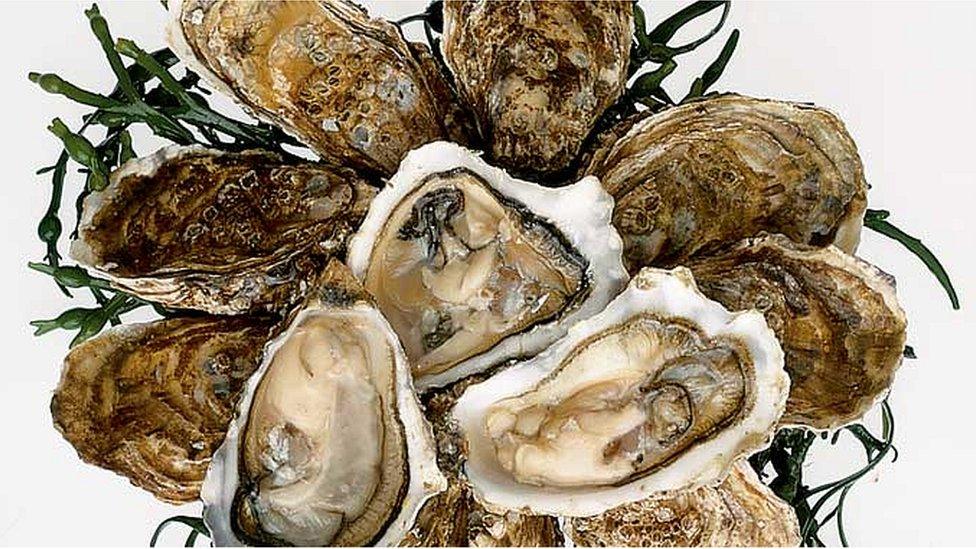First change of oyster fishing size in 100 years
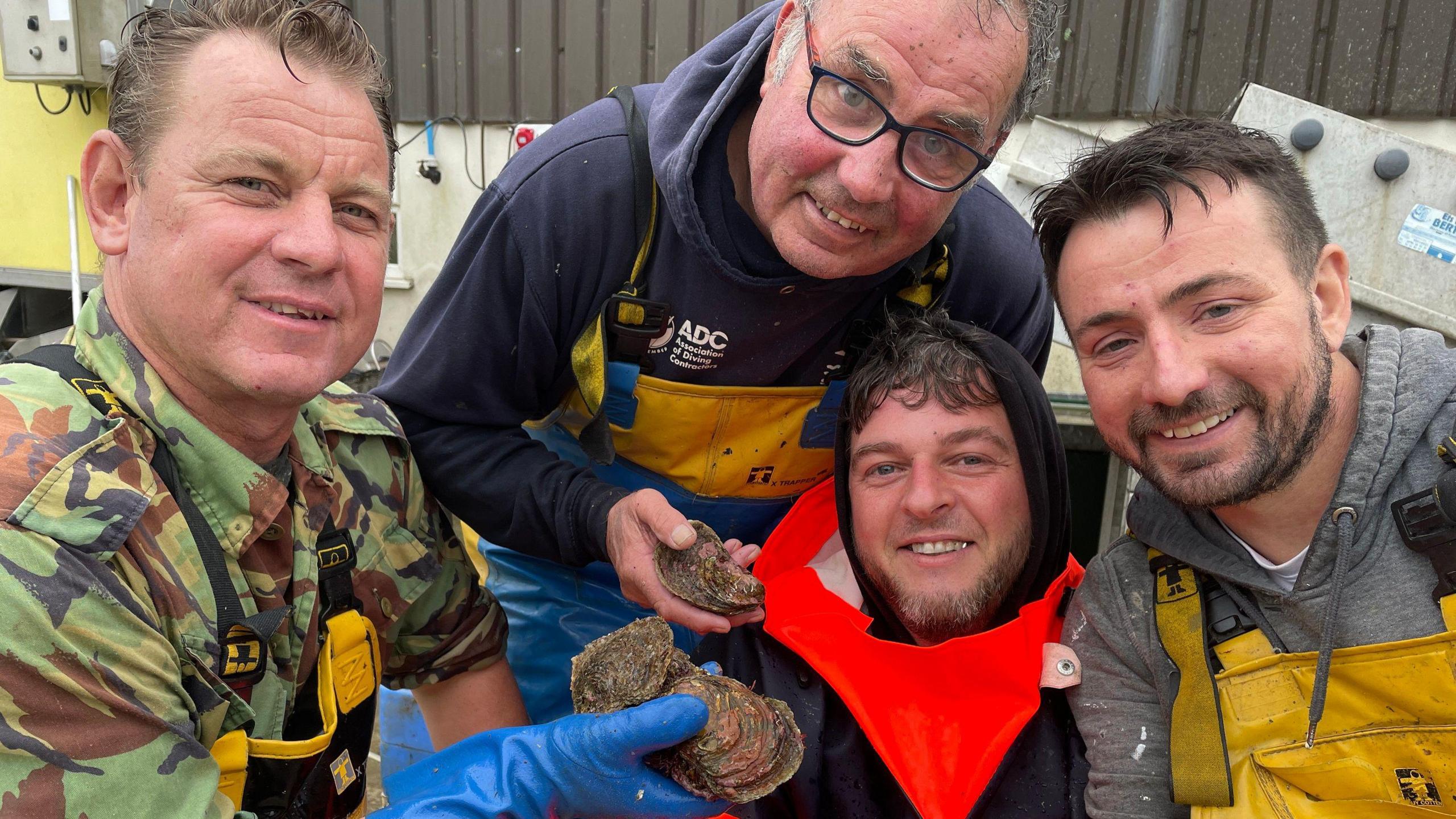
The size has been increased in a move hoped to help conserve Fal oysters
- Published
As the season gets under way, some Cornish oyster fishermen hope a new rule can help to secure the future of their industry.
In July the government increased the legal size that native oysters removed from the River Fal must be from 2.6in (67mm) to 2.8in (72mm) in a move hoped to boost breeding.
It is the first time the size has changed since 1924 for the oyster beds which have been fished since Roman times, today by fishermen using oars or under sail.
While the river's oyster fishermen have said they face a rise in costs and a fall in new joiners to the industry, the Cornwall Inshore Fisheries Conservation Authority (CIFCA) said the larger landing size would help the fishery's future.
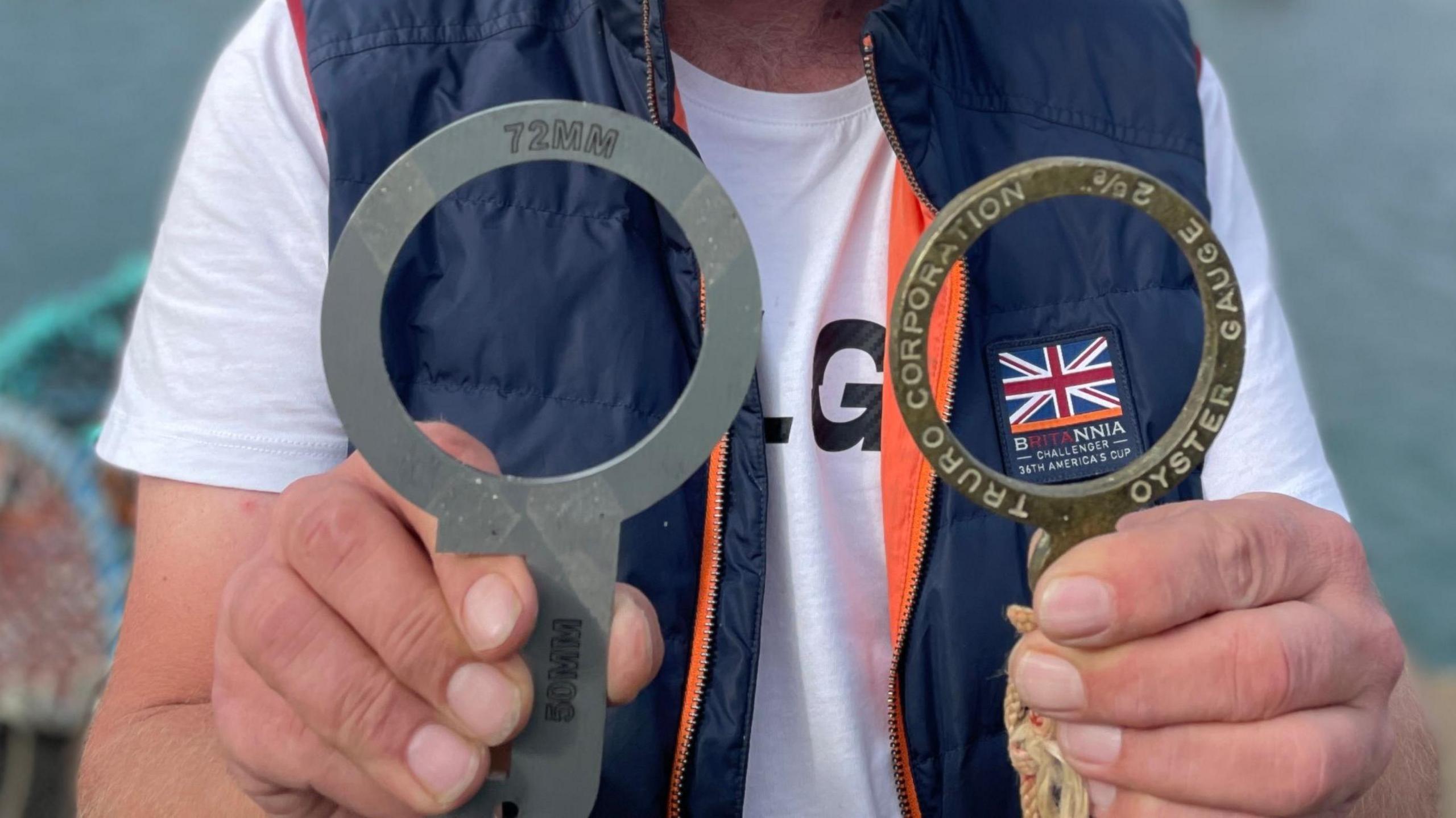
In July the government increased the legal size that native oysters removed from the River Fal must be from 2.6in (67mm) to 2.8in (72mm)
A CIFCA spokesperson said the change "means that more oysters will remain in the fishery to breed".
"This will contribute to the long-term health of the fishery which supports the livelihoods of many licensed fishermen who may only use traditional sail and oar powered vessels to tow their oyster dredges or who gather oysters by hand," they added.
Les Angel has been an oyster fishermen on the Fal for more than 60 years and he has not welcomed the change.
"I didn't really agree with it, it's been a hundred years the other way and I've always used the other size, but the youngsters and other ones thought the size should go up, they think it's for conservation," he said.
His son Dan is one of the younger fishermen who views the change differently.
"I'm not too sure yet because it's never changed since anyone has been out there," he said.
"To be that big I wouldn't have thought would do much harm, if anything it would do a good thing I would have thought, because there'll be more oysters out there."
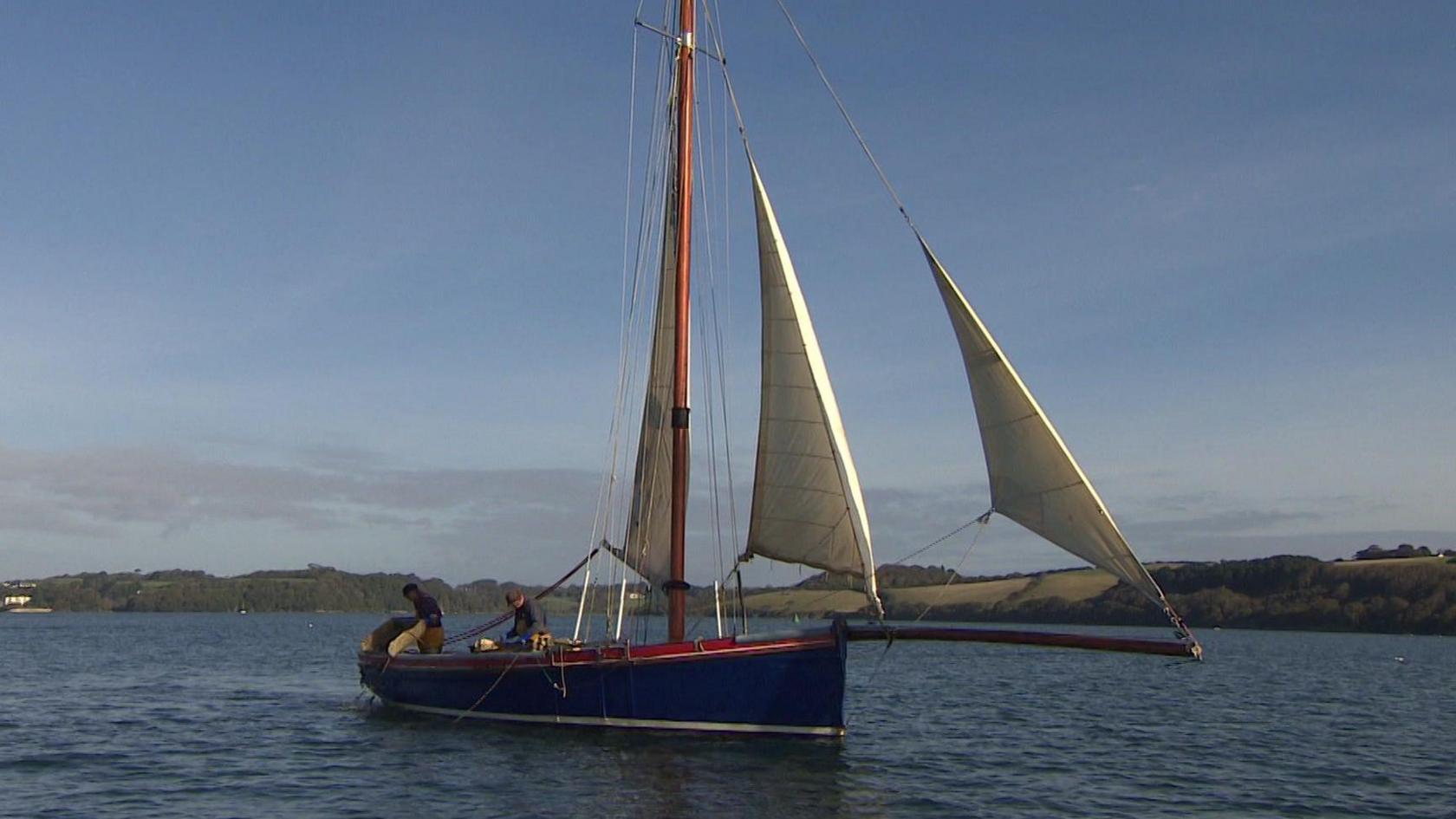
Martin Webster said oyster fishing was one of the best jobs he's had since he left the army
Dan went on to say the industry had bigger fish to fry.
"When we left the European Union they put in different laws of how to pass shellfish over to France so the oysters had to be purified instead."
He said they used to load oysters for Europe directly on a truck but the purification process took two days which added risks.
"The longer you have them in tanks the more chance they have of dying so you want them back in their own water really."
Recruitment was also a challenge, he said.
"For a youngster to come out, to drive a car, to get to work, then to jump on board and then not to get paid every month or every week - we don't get paid for two months sometimes - it's hard for youngsters to come into the industry."
Martin Webster, a relative newcomer to the industry, started oyster fishing four years ago after spending 12 years in the army.
"It's one of the best jobs I've had since coming into civvie street," he said.
"I've just blown away by the fishermen, the rest of them are in their 70s and some of the youngest guys are in their 60s but I've just blown away by the camaraderie and just the beauty of the job.
"We don't have younger blood coming in and learning this trade and it's a good trade."
He said the fishery's future depended on young recruits and suggested a training academy would help achieve this.
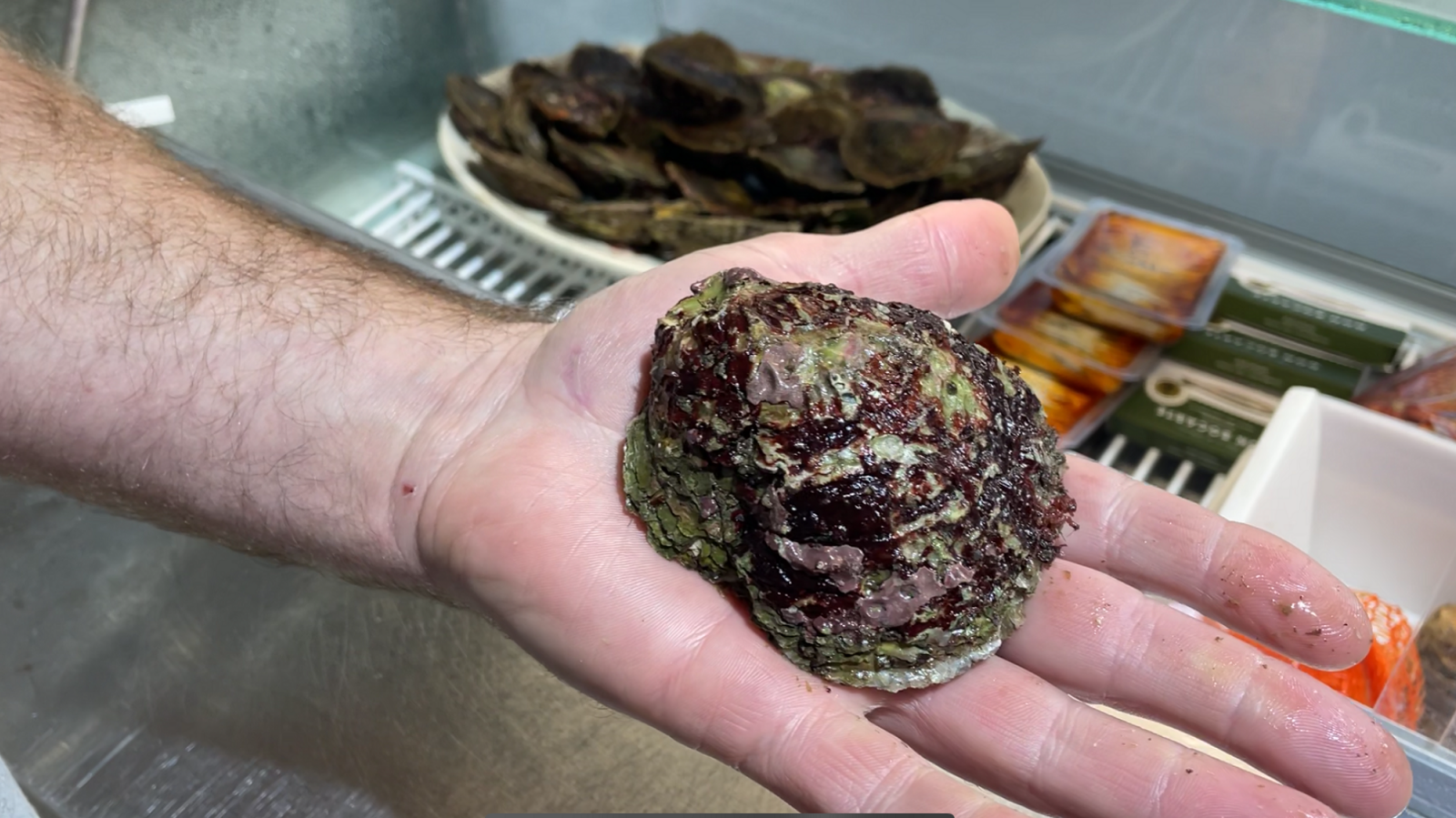
Fal oysters were given the protected designation of origin in 2015
Oysters in the Fal are dredged or hand-picked under sail or oar power, with engines only used to travel to and from the beds.
This traditional way of fishing earnt Fal oysters the protected designation of origin, external status in 2015, sitting alongside other EU-protected Cornish foods such as pasties and clotted cream.
Giles Gilbert, who runs Pysk fishmongers in Falmouth, said: "There's probably only a dozen or so boats that fish these oysters in the world in this way. It's totally unique.
"People come from the world over and taste these oysters and we have them on our doorstep."
Follow BBC Cornwall on X, external, Facebook, external and Instagram, external. Send your story ideas to spotlight@bbc.co.uk, external.
- Published9 October
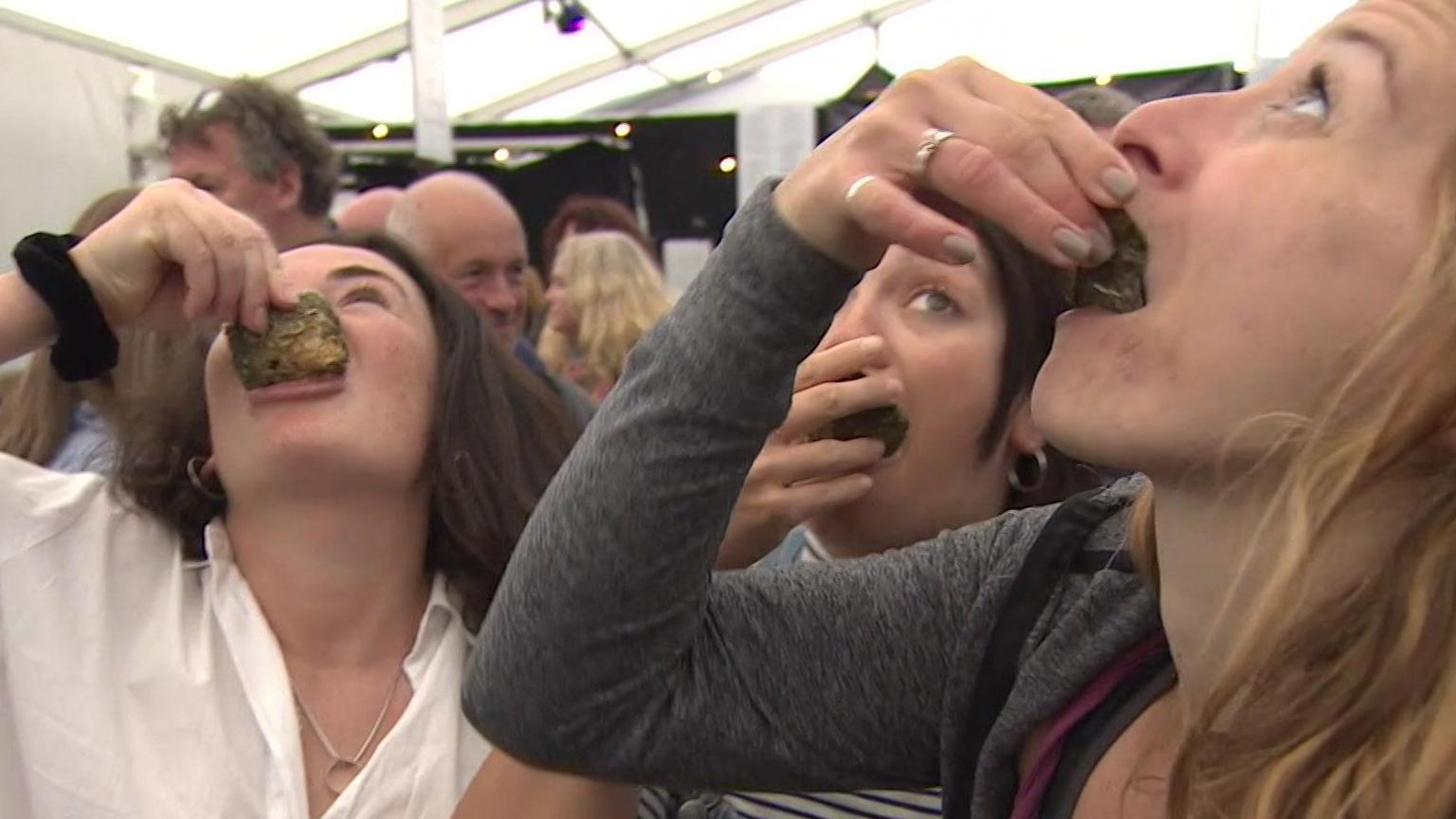
- Published1 February
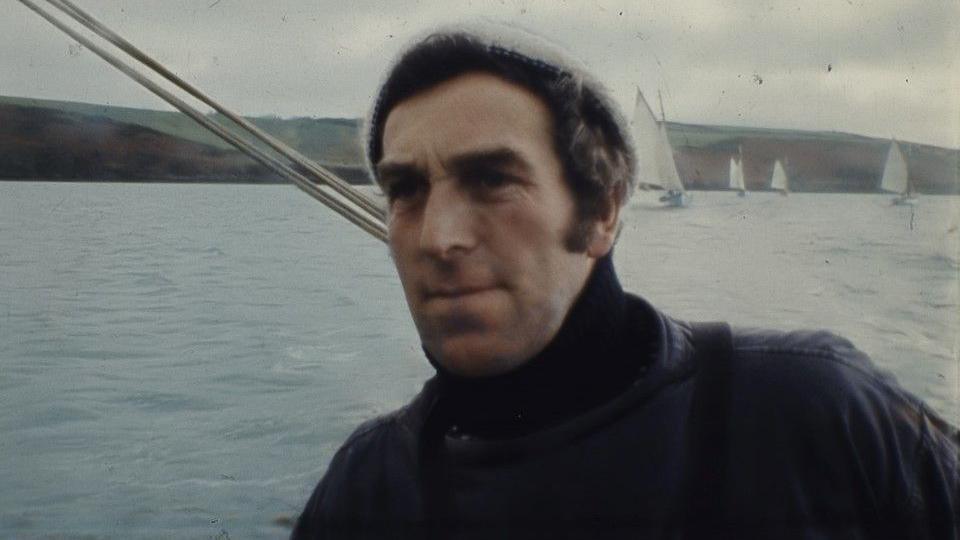
- Published3 October 2024
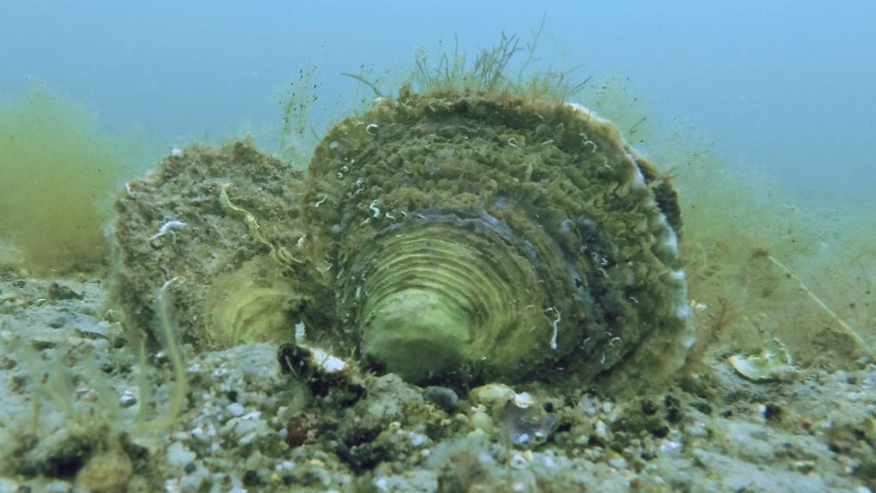
- Published12 December 2015
